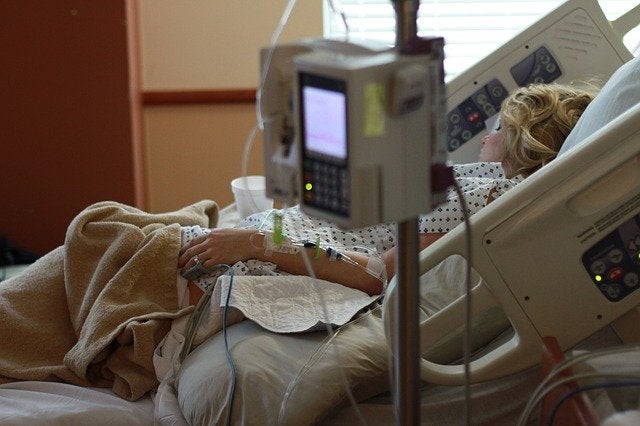
Nihon Kohden, a U.S. market leader in precision medical products and services, today announced the commercial launch of its new NKV-550 Series Ventilator System, which offers a full suite of applications necessary in a critical care setting for patients of all ages – from neonate through adult. The NKV-550, which was first introduced at the annual American Association for Respiratory Care Congress 2019 in November, is an innovative ventilator that features an integrated touchscreen, intuitive user interface, and onscreen help functions.
The NKV-550 was developed to seamlessly transition between invasive ventilation, noninvasive ventilation and high-flow oxygen therapy, allowing clinicians to respond to a patient’s respiratory support needs without having to change devices.
“We have received an overwhelming amount of positive feedback about the NKV-550 since we first introduced it at AARC,” said Genoveffa Devers DNP, MSHA, RN, CPHQ, vice president of clinical and strategic alliances at Nihon Kohden. “Hospitals and health systems are eager for a sleek and intuitive ventilator that offers the latest in respiratory technology and eliminates the need for different devices for invasive and non-invasive ventilation. We developed the NKV-550 to fulfill this need in the market and help advance respiratory care.”
The NKV-550 was created based on the lung protective approach to ventilation and features the Gentle Lung® suite of applications to provide clinically relevant, easy-to-use tools for the open-lung approach to ventilation. The ventilator offers highly customizable screen configurations, including on-screen help tools, enabling the ventilator to fit into your paradigm rather than requiring you to adapt to it. The app-based design provides guided processes to help create a more streamlined, systematic way for clinicians to optimize care of their ventilated patients.
The NKV-550 also offers Protective Control®, a feature that uses a second graphic user interface placed outside the isolation room of a contagious patient who is being mechanically ventilated. The respiratory therapists and clinicians can view the ventilator monitors and alarms, adjust ventilation and alarm settings, and pause the alarm through the second graphic user interface outside the isolation room, as long as the patient is within the sight of the clinician through the room’s glass window. When managing a patient who has a communicable disease case and is in isolation, this feature protects both the clinician and the patient.
An estimated 42 healthcare workers per million employed die each year from infections acquired at work.1
“Protective Control places a remote display outside a hazardous environment, which gives respiratory therapists the ability to respond quickly to changing patient conditions,” Devers said. “This may allow a clinician to have more time to carefully put on protective equipment rather than rushing in and potentially risking exposure.”
Source: Company Press Release






